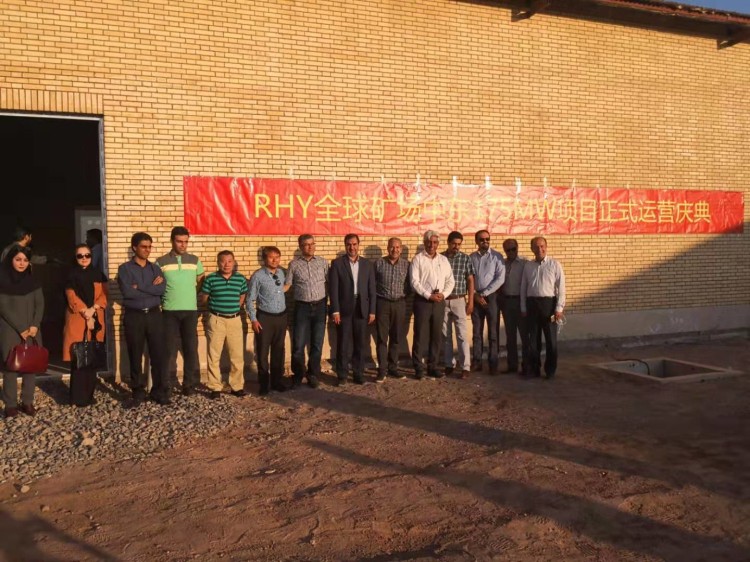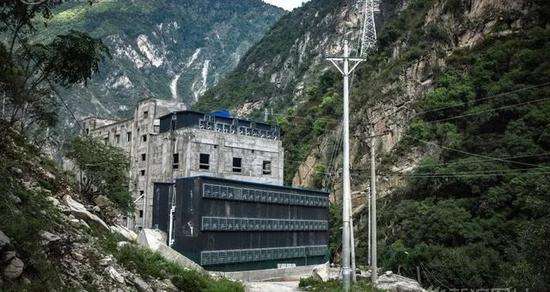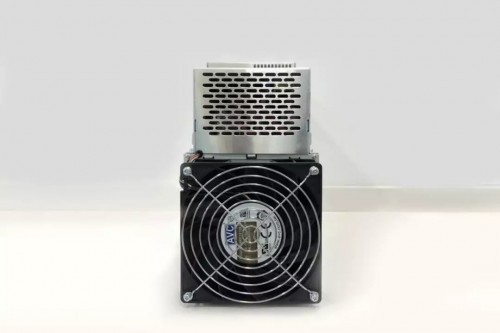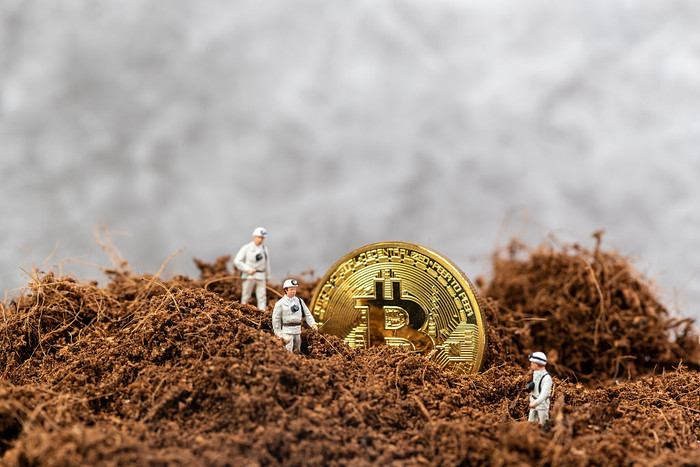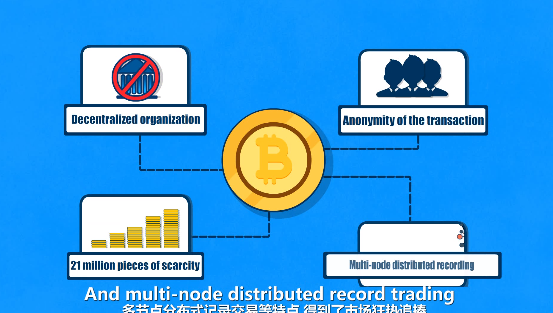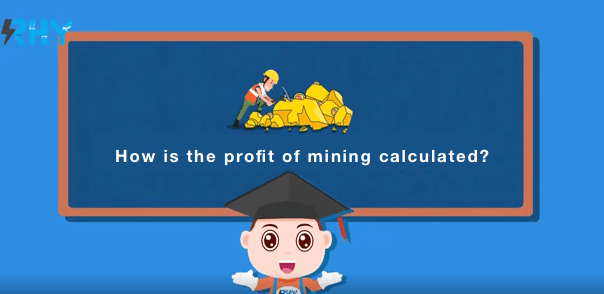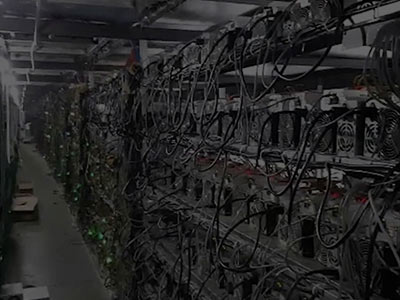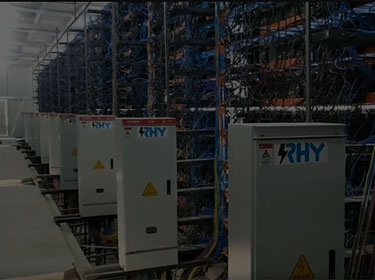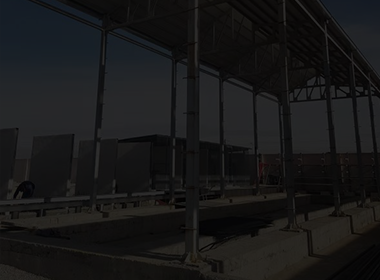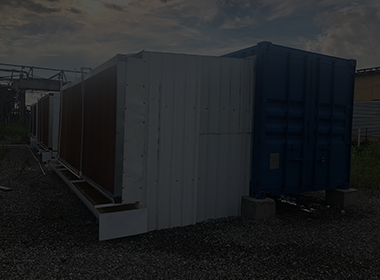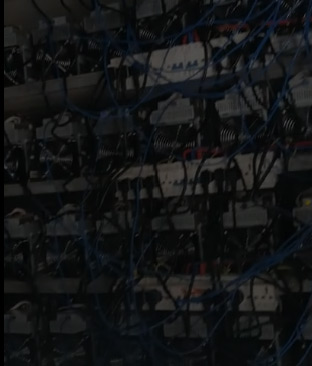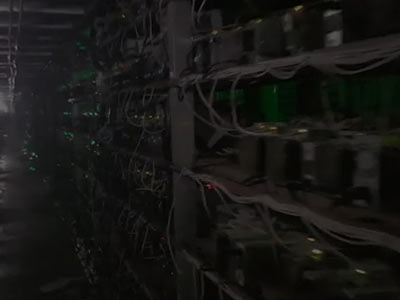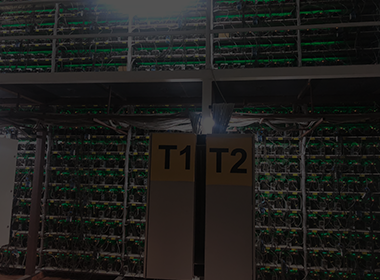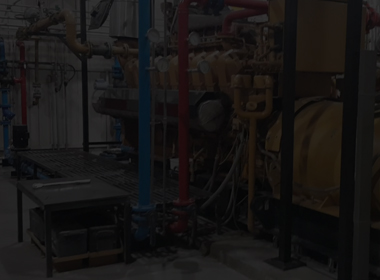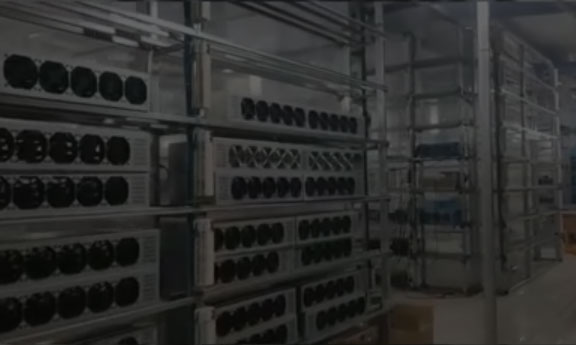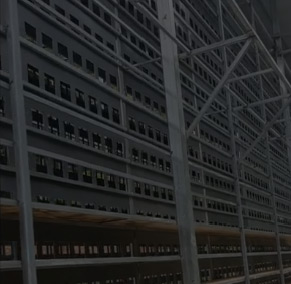The third bitcoin mining reward is halved or ushered in the mining super bull market
Bitcoin mining will usher in big news, as the second block reward for Litecoin has been successfully completed. Next, we will halve the third block of bitcoin in May 2020.

The World Cup and the Olympic Games are held every four years, while the Bitcoin mining block awards are also halved every four years. Initially, Bitcoin’s block reward was 50 BTC, which fell to 25 BTC at the end of 2012 and fell to 12.5 BTC in 2016, while its third halving will occur around May 20, 2020. At that time, the Bitcoin block award will be further reduced to 6.25 BTC.
Perhaps due to design, or just by chance, the last two bitcoin price cycles are closely related to the halving of block rewards. By reviewing these two halvings and analyzing their impact on bitcoin supply, demand and prices, we look forward to explaining the previous strong price cycle and helping investors prepare for the third cycle.
The first time Bitcoin is halved and the retail era
I refer to this period as the retail age, because Bitcoin was only used early in technology and retail investors. At the beginning of this cycle, the entire Bitcoin economy is still too small, and institutions will not notice it.
Before the first halving price cycle, Bitcoin experienced a cycle between June and November 2011, and its price fell from $31 to $2, a drop of more than 90%.
Bitcoin prices began to rise in November 2011, and then in November 2012, Bitcoin halved for the first time. Since then, its price has continued to rise until November 2013 hit a record high of $1,200. This cycle showed a clear symmetry, that is, 12 months before the halving and 12 months after the halving, the overall trend is rising.
In the first cycle, the price showed a skyrocketing situation after the halving occurred (before halving, it rose to $13, and after halving it rose to $1,200). The overall price increase for this cycle is 350-400 times (depending on the price source you see).
In fact, bitcoin only rose four times before halving, and nearly halved after halving.
After reaching a peak of $1,200, a 14-month deep recession followed, with bitcoin prices falling more than 80% and reaching a minimum of around $200. In the next 10 months, Bitcoin prices remained between $200 and $300.
The second bitcoin halved and the venture capital era
We call this cycle the venture capital era, because during this period, several venture capital firms and hedge funds have observed the first cycle of Bitcoin and entered the market. During this period, several cryptocurrency hedge funds also appeared, many of which were not spared in the crash after the end of the venture capital era, but about 150 survived.
Bitcoin prices began to rise sharply in November 2015, which opened the second halving price cycle, which was about eight months ahead of the official halving in July 2016.
After the halving form, Bitcoin continued to rise, and the entire cycle lasted for about 24 months, as it did the previous one, until it reached a record high of $19,000 in December 2017.
In fact, this half-price cycle, the majority of Bitcoin's appreciation also occurred after halving (half the price before rising to 650 US dollars, after a halving, parabolically rose to 19,000 US dollars). The entire cycle rose by about 80-90 times, and only about three times before halving.
After the halving of the price cycle, Bitcoin experienced a 12-month recession, and its price fell again by more than 80%, with a minimum of around $3,000. In the next four months, Bitcoin has been hovering at 3000. - between $4,000.
The third bitcoin halved and the institutional era
Bitcoin prices pushed up to more than $5,000 in April 2019, and prices have continued to rise since then, marking the beginning of the next cycle.
Why do most of Bitcoin’s gains occur after halving, rather than before?
Halving bitcoin is a well-known event, and the market will wisely predict the impact of supply reduction on prices. So why is the price increase not very obvious before halving? On this issue, we will talk about it later.
Marginal supply = miners' income
The price of assets at any point in time can balance supply and demand. A preliminary explanation of how the halving of the bitcoin price rise is a story about the supply side of the Bitcoin mining company's activities. Bitcoin miners play a vital role in confirming bitcoin network transactions. Each time they dig into a block, they get a new bitcoin mining bonus. Miners are marginal suppliers of freshly mined bitcoins, which also increases bitcoin circulation. Subject to other conditions, if the miners sell fewer bitcoins (half the halve), they will ask for a higher price. Similarly, if the number of available bitcoins is reduced, the buyer will pay a higher price.
There is also a supply component that has not been sufficiently discussed, that is, bitcoin miners have two sources of revenue (new block rewards and transaction fees for confirmed transactions). In fact, when Bitcoin's 21 million BTCs are almost fully mined, transaction costs will be the sole source of income for miners.
Namely: marginal supply = miners' income = mined bitcoin + transaction costs
Let us analyze the situation of these two components.
Bitcoin mined daily
Bitcoin will have a SGD 7500-8000 BTC SGD per day before the first halving. After the first halving, the new supply dropped to 3700-4000 BTC. At present, Bitcoin's new supply every day is about 1900-2000 BTC. After the next halving, the new daily supply will drop to around 1000 BTC.
From a dollar perspective, the situation is completely different. The price of Bitcoin was $13 on the first halving, when the daily marginal supply was reduced by about 4000 BTC (from 8,000 to 4,000). This is equivalent to reducing the marginal supply of $52,000.
$13* (8000–4000) = $52,000
Bitcoin prices were about $650 on the second halving, and marginal supplies fell by $2,000 BTC or $1.3 million.
$650* (4000–2000) = $1.3 million
Suppose the price of Bitcoin doesn't change much before the next halving, and stays around $10,000 (this assumption is terrible, I know, but it will make me happy ==). Then at this price, the daily supply will be reduced by 1000 BTC, and the marginal supply will fall by 10 million US dollars.
10,000 US dollars * (2000 - 1000) = 10 million US dollars
In a month, this will reduce the marginal supply of $300 million, and in a year it will reduce by $3.65 billion.
Halving will significantly reduce the flow of supply
The decline in marginal supply has significantly reduced the flow of supply. How much is that reduced, and how do we measure it? It is pointless to use bitcoin inflation (comparing new supply to total bitcoin supply) because most of the supply is not liquid (investors will be in the wallet for months or even years).
“The marginal supply reduction must be compared to the total liquid supply.”
One method of quantification is to compare the liquidity that is reduced by halving with the volume of transactions on the daily exchange. Unfortunately, the volume of transactions reported by cryptocurrency exchanges is not reliable. According to a study submitted to the Securities and Exchange Commission (SEC), up to 95% of the market's trading volume is questionable. With this in mind, I've used a lot of rounded numbers in this section, so the reference is not very high, and they are used only to illustrate the logic.
According to CoinMarketCap, there are approximately 2 million BTC transactions per day on the market. According to the current block reward rate, the daily supply will add 2000 BTC, adding 60,000 BTC per month, and 730,000 BTC per year. This means that the market has the ability to absorb 2.73 million annual flows. When the block reward is halved and the annual mining rate is only 1000 BTC, the annual supply will be reduced to 2.365 million, which is about 13% of the annual flow supply.
On the other hand, if we believe that 95% of the reported volume is suspicious, the actual transaction volume will be close to 100,000 BTC. The next halving will reduce the annual supply from 830,000 (100000+730000) to 465,000. Annual liquidity is reduced by 44%.
Increased transaction costs marginal supply Let us now discuss the second component of miners' income. Since 2015, the Bitcoin network has processed more than 100,000 transactions per day. In December 2017, Bitcoin trading volume hit a record high of around 500,000. After reaching a high point, trading volume began to drop sharply, and then continued to rise in 2018 and 2019.
In addition to the skyrocketing transaction costs during the 12-month period 2017-18, the table below shows that Bitcoin daily transaction fees generally remain below 200 BTC. In 2019, Bitcoin's daily transaction costs averaged about 70 BTC. Obviously, transaction costs also show a strong correlation with bitcoin prices (costs are positively correlated with currency prices).
Next, we put together the block rewards and transaction costs, and then fully understand the miners' income and the daily marginal supply they might introduce. Newly mined bitcoin has historically been the main source of mining revenue. Even today, the average transaction cost of 70 BTC per day is still very small compared to the new supply of 2000 BTC per day. However, as the volume of transactions increases and the halving of bulk returns continues, transaction costs become income. The main source will only take a few years.
Price is the performance of supply and demand balance
We spent a lot of time talking about supply, and then we turned our attention to demand.
Bitcoin is the first and most popular network to achieve direct monetization. Unlike other social networks that rely on indirect revenue sources, such as advertising, the Bitcoin network directly rewards miners for their efforts.
The number of Bitcoin blockchain wallet users is growing at an alarming rate. It currently exceeds 40 million, and it has increased by 8 million in 2019. It can be seen that the Bitcoin network is experiencing explosive growth. According to Metcalfe's law, the value of the network is proportional to the square of its nodes, and given the limited supply of bitcoin, bitcoin prices will obviously increase as the network grows.
Bitcoin is the first popular implementation of digital scarcity, which led the cryptocurrency revolution. Since the birth of Bitcoin, there have been thousands of cryptocurrency assets on the market, but Bitcoin has remained at the forefront. Price-stable assets are clearly suitable as an exchange medium, and Bitcoin, as a scarce asset, has increased its price as an attractiveness of value storage and increased demand for it.
“The rise in prices will increase the demand for Bitcoin.”
There is also a lot of evidence to prove the correlation between demand prices and blockchain activities. Bitcoin blockchain trading activity will increase as the currency price increases, and vice versa. Note that we are concerned with the number of transactions, not the dollar value of the transaction.
Summary inference
We use the content mentioned above to try to explain the price cycle of Bitcoin:
The story of digital gold has gathered a lot of attention for Bitcoin, and the demand for Bitcoin continues to rise. This is very obvious from the situation of more and more wallets, exchanges, search, media reports and so on.
The past two bitcoins have been halved, showing the following price cycle characteristics:
Before halving: Bitcoin prices began to rise, and people expect the upcoming halving activity to be positive.
After halving: As Bitcoin gains recognition among venture capitalists, hedge funds and institutional investors, rising prices have attracted new demands from increasingly wealthy investors and speculators. New demand exceeded expectations, and prices continued to rise after halving. In the past cycle, the increase in demand caused by price increases was seriously underestimated.
Bubbles: Rising prices can lead to the occurrence of FOMO and attract more speculation. The bubble formed and the price hit a record high. At this stage, speculative prices far exceed sustainable demand, and the bubble will eventually burst.
Crash: The price of a crash causes a decrease in demand, just as the price rise leads to an increase in demand. Many people will leave this party.
Building a new foundation: Bitcoin eventually finds a price and demand balance at the current marginal supply rate and forms a new foundation that is significantly higher than the previous cycle base.
Return to step 1 from a higher basis.
What needs to be clarified here is that the above logic depends on the demand generated by Bitcoin's unique digital gold “story” and the status of Bitcoin as the number one cryptocurrency. In contrast, the halving of the Litecoin may be interesting, but the Litecoin lacks a strong story and demand.
As a result, the Litecoin price cycle does not meet the conditions listed above. The market is smart, it learns and adapts, so no two cycles are the same. Let's take a look at the third halving of Bitcoin, and how much will be in the past. Bitcoin mining will be victorious. History won't repeat itself, but it will always be strikingly similar.



